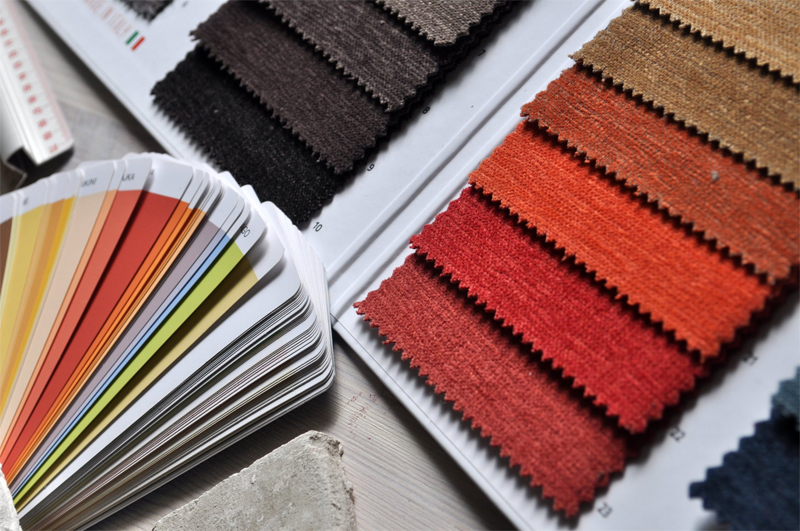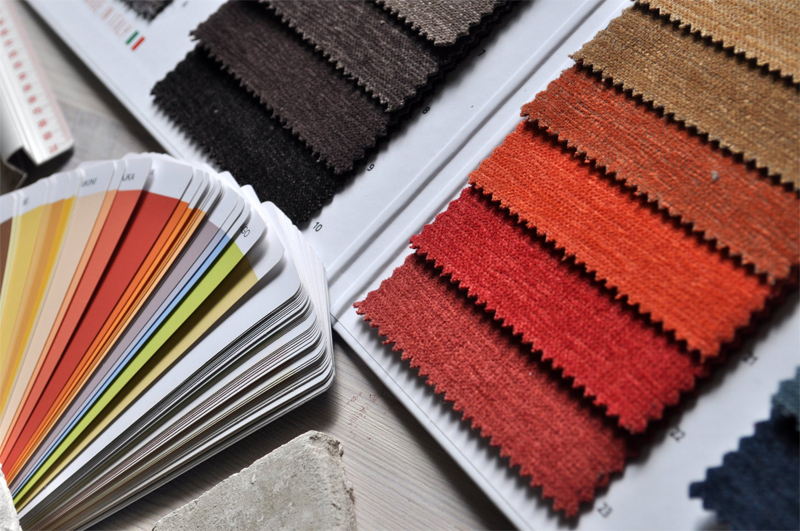More Quilting Terms Explained

Hanging sleeve is a 4-5” tube or piece of fabric sewn to the back of a quilt so a rod can be inserted and used to hang the quilt on a wall. It is recommended that the fabric is used double, to give the sleeve strength. It’s often the last step to be completed on the quilt before it is ready to be hung. It is nice to use the same fabric as the backing. That way it is not so noticeable.
Charm square. Charm squares are very popular in patchwork. They usually consist of a small, patch of fabric, usually about 5” square. These squares are often traded with other quilters thus enabling everyone to increase their stash and improve the variety of the stash. Charm quilts are very popular, where a pattern is made using lots and lots of charm squares. A great way to use up scraps!
Lap quilting. As it describes, lap quilting is a technique of hand quilting one block at a time, using a small frame and then assembling the finished blocks into a quilt. This is a terrific technique if you have many blocks that need individual custom hand quilting. It takes the weight out of having a full quilt in your lap, and allows for portability too.
Loft The term loft is used to describe the thickness and resilience of a quilt batting. Some quilters prefer low loft batting, especially for hand quilting, whilst other quilters choose a higher loft to showcase the texture of quilting.
Pin baste refers to the use of long safety pins or straight pins to temporarily hold together the layers of a quilt in preparation for finish quilting. Pins have become popular over the past decade. Prior to this a quilter would usually baste with needle and thread the three layers together prior to hand quilting. Pinning is much quicker, but can be a nuisance as the pins will interfere with the smooth flowing of machine quilting.
Cornerstones are small squares of fabric that are placed within the sashing, marking the corners of a block. A cornerstone is a very attractive addition to the sashing design, but needs to be accurately pieced and be in perfect line with the surrounding sashing.
Finger Press refers to the need to make seam allowance lie flat, especially if there is not an iron nearby. By pinching or pressing with your fingers you can sufficiently finger press the seam flat
Charm square. Charm squares are very popular in patchwork. They usually consist of a small, patch of fabric, usually about 5” square. These squares are often traded with other quilters thus enabling everyone to increase their stash and improve the variety of the stash. Charm quilts are very popular, where a pattern is made using lots and lots of charm squares. A great way to use up scraps!
Lap quilting. As it describes, lap quilting is a technique of hand quilting one block at a time, using a small frame and then assembling the finished blocks into a quilt. This is a terrific technique if you have many blocks that need individual custom hand quilting. It takes the weight out of having a full quilt in your lap, and allows for portability too.
Loft The term loft is used to describe the thickness and resilience of a quilt batting. Some quilters prefer low loft batting, especially for hand quilting, whilst other quilters choose a higher loft to showcase the texture of quilting.
Pin baste refers to the use of long safety pins or straight pins to temporarily hold together the layers of a quilt in preparation for finish quilting. Pins have become popular over the past decade. Prior to this a quilter would usually baste with needle and thread the three layers together prior to hand quilting. Pinning is much quicker, but can be a nuisance as the pins will interfere with the smooth flowing of machine quilting.
Cornerstones are small squares of fabric that are placed within the sashing, marking the corners of a block. A cornerstone is a very attractive addition to the sashing design, but needs to be accurately pieced and be in perfect line with the surrounding sashing.
Finger Press refers to the need to make seam allowance lie flat, especially if there is not an iron nearby. By pinching or pressing with your fingers you can sufficiently finger press the seam flat

Related Articles
Editor's Picks Articles
Top Ten Articles
Previous Features
Site Map
Content copyright © 2023 by Judie Bellingham. All rights reserved.
This content was written by Judie Bellingham. If you wish to use this content in any manner, you need written permission. Contact Judie Bellingham for details.



